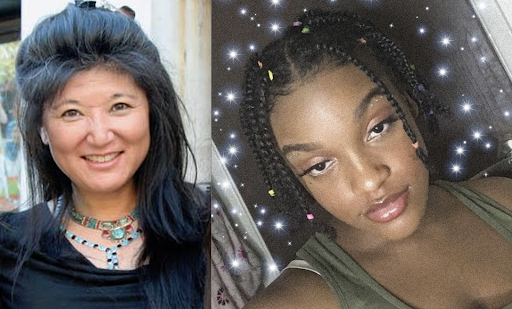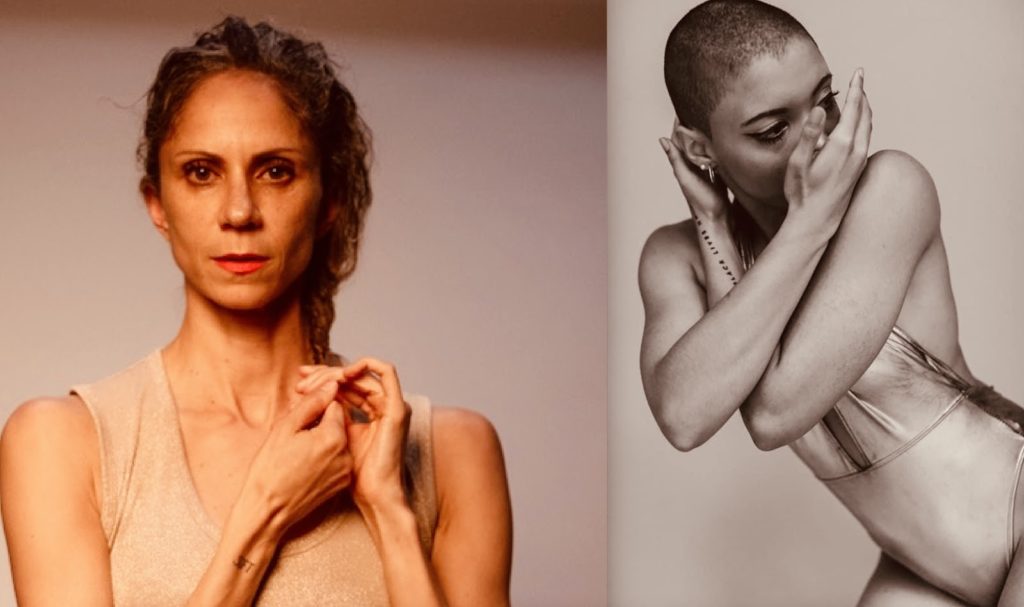In Conversation is a series of interviews exploring intergenerational conversations about dance and different folks’ relationship to dance.
I’ve been thinking a lot about consequential strangers, or the people in our lives who “assume the supporting roles” and populate the broader reaches of our social landscapes.1 With shelter in place, this period of prolonged distancing has stirred up recollections of the people whose presence – and absence – is mostly felt in the periphery: the city employees I stood next to while waiting in line for the bus (whom I also unconsciously raced against as I ran the six blocks between the office and the bus stop), a former coworker I’d wave to while he was on the phone in the studio hallway, and the multitude of folks I only saw in dance classes who are always there until one day, they’re not.
In this series of interviews, the idea of consequential strangers converges with questions and conversations that have been percolating for Dancers’ Group:
How do you build a connection with another person without physical proximity?
How do we convey to others the value artists find in creating and cultivating partnerships in a capitalist, winner-take-all environment?
What would a youth-centered issue of In Dance look like? Who is considered “youth”?
In a year that has prompted deeper investigation and understanding of equity, what discussions are dance makers participating in?
What is the next iteration of the Bay Area dance community?
For much of the past year, we’ve missed those fleeting, in-between times when conversations about the intersection of life and dance could happen. This yearning for candid (dare we say, even “messy”) discussion, and the people who share these moments with each other, shaped this series into an open-ended exploration of intergenerational relationships – between not-quite-strangers, closer acquaintances, and intimate friends and family – and the curiosity, insights, and ideas that emerge from making a connection.
– Introduction by Shellie Jew, Dancers’ Group Administrative Assistant, January 2021
1 Blau, M. & Fingerman, K. L. (2009). Consequential Strangers: The Power of People Who Don’t Seem to Matter…But Really Do. New York, NY: W. W. Norton.
Winter 2021 Conversations
All Audio Recorded and Edited by Andréa Spearman, Dancers’ Group Artist Resource Manager
David Herrera and Jocelyn Reyes

I wanted to see more brown bodies on stage. I wanted to not only see them but I wanted to hear their stories and have the concepts and stories be part of the narrative or the idea behind the movement. — David Herrera
Listen on Soundcloud
Listen on YouTube
Claudine Naganuma and Selma Apara

If we’re always giving 100%, then what do we got? We’re depleted. So that’s an important thing for us to be able to support each other and a really important thing is to develop a circle of sisterhood. — Claudine Naganuma
Listen on Soundcloud
Listen on YouTube
Maurya Kerr and Alaja Badalich

I feel like poetry brings this place where the language lets me imagine and have a sensation at the same time. In movement, our body is our medium. Poetry is its own medium because it can make language come alive. — Alaja Badalich
Listen on Soundcloud
Listen on YouTube
For more In Conversation content, read and listen here.
These conversations appeared in the Winter 2021 issue of In Dance.


